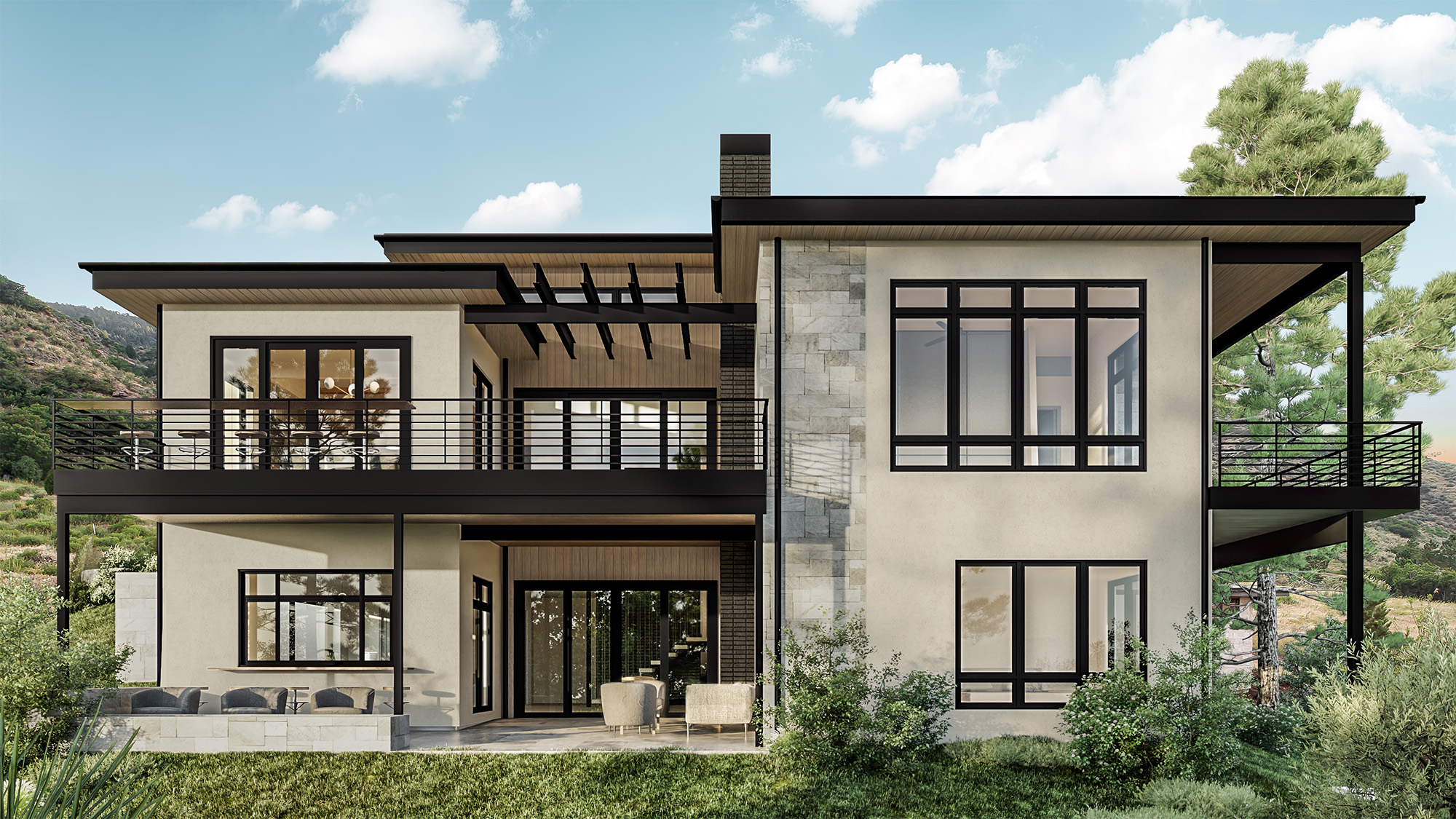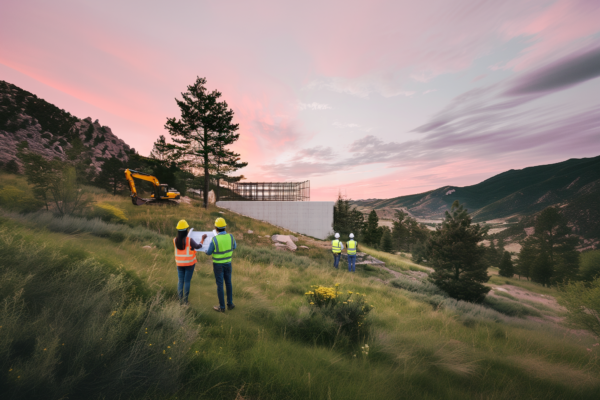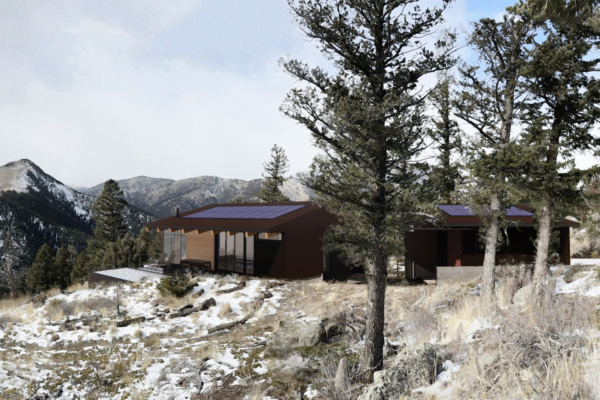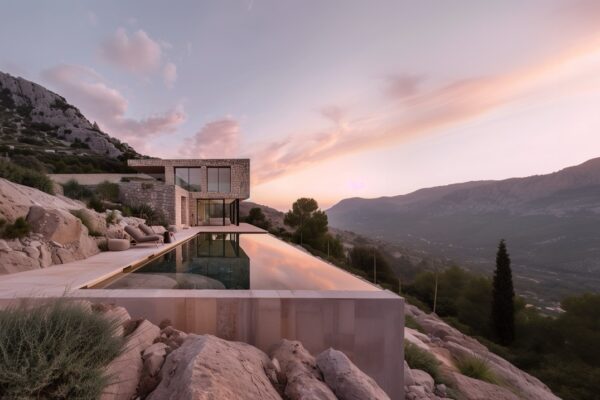High-Performance Homes: What They Are and Why You Need One
I’ve always believed that a home should be more than just a shelter—it should be a place where design, comfort, and sustainability seamlessly blend. Over the years, I’ve experimented with various approaches, but nothing quite compares to the transformation that occurs when you build a high-performance home. Beyond lower utility bills, these homes offer healthier indoor air, greater durability, and a smaller environmental footprint—all without sacrificing style or comfort.
Understanding High-Performance Homes
A high-performance home is designed to maximize energy efficiency, comfort, and durability while minimizing environmental impact. In my experience, the best way to achieve this balance is by integrating advanced building techniques, high-quality materials, and smart home technology. More specifically, a high-performance home addresses the “whole-building” approach—focusing on insulation, air sealing, mechanical systems, and occupant well-being. By viewing the home as an interconnected system, we’re able to optimize each component to work seamlessly with the rest.
One of the first steps in planning a high-performance home is to evaluate local climate conditions and site orientation. Factors like prevailing winds, sun angles, and seasonal temperature fluctuations heavily influence design decisions. By taking these considerations into account early in the process, we can ensure the final structure captures natural light, harnesses passive solar heating, and reduces the need for artificial cooling.
High-performance homes aren’t strictly new construction, either. I’ve seen successful projects that transform older buildings into modern, efficient living spaces by adding insulation, sealing air leaks, and upgrading to energy-smart systems. The key is to be intentional about each design choice, ensuring that it contributes to efficiency, comfort, and the health of those who live there.
Energy Efficiency at Its Core
What makes these homes so special is their ability to drastically reduce energy consumption. Thanks to airtight construction, superior insulation, and high-performance windows, my clients have consistently seen a significant drop in their energy bills. When combined with renewable sources like solar power, these homes take energy savings to a whole new level.
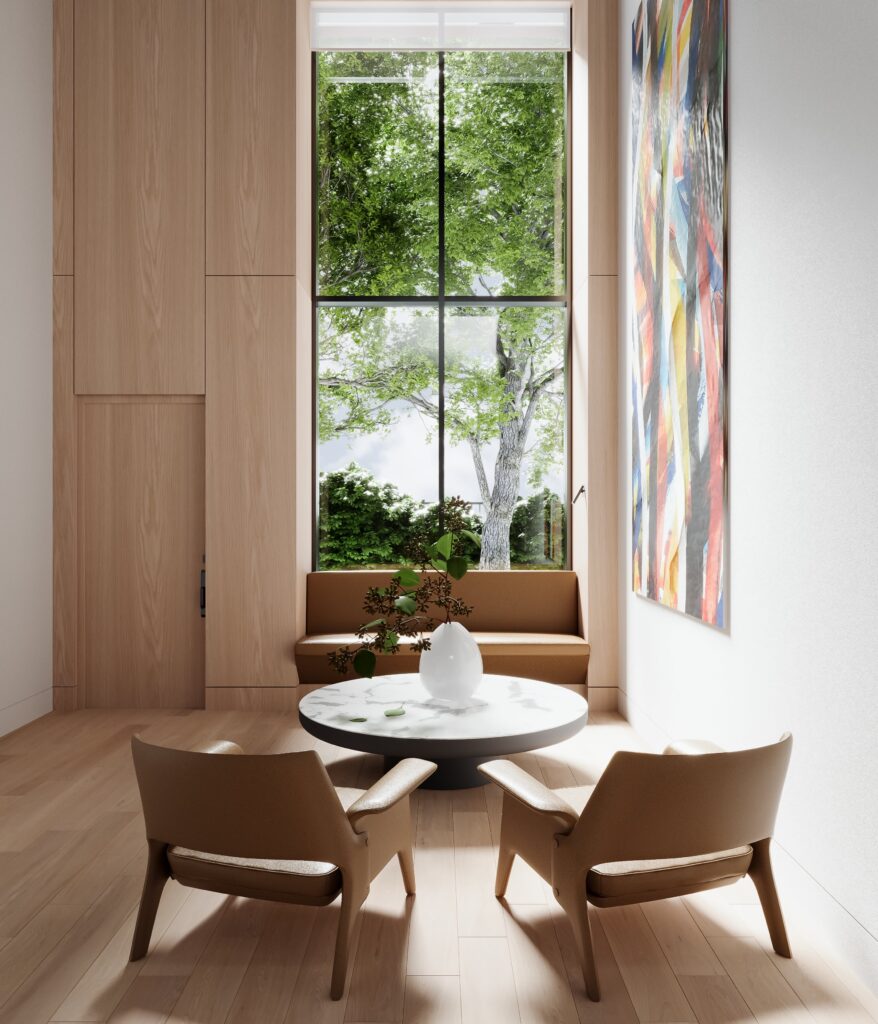
Airtight Construction
By preventing unwanted air leaks, we enhance indoor air quality and thermal comfort. Air sealing involves identifying and eliminating gaps in the building envelope—any place where unconditioned air might seep in or out. This often includes sealing around window frames, doors, attic hatches, and plumbing or electrical penetrations. Even small leaks can lead to significant energy losses over time, so meticulous attention to detail makes a big difference.
Insulation Matters in High-Performance Homes
Whether I use spray foam, rigid foam boards, mineral wool, or cellulose, the goal is to minimize heat transfer and keep indoor temperatures stable. A properly insulated home reduces the workload on heating and cooling systems, cutting down on energy expenses and creating a more consistent environment year-round. Insulation also helps with soundproofing, ensuring that busy neighborhoods or changing weather conditions don’t disrupt indoor tranquility.
Efficient HVAC Systems
Ductless mini-splits, geothermal heat pumps, and energy recovery ventilators (ERVs) optimize heating, cooling, and ventilation without skyrocketing energy bills. In a high-performance home, mechanical systems are carefully sized and installed to provide maximum comfort with minimal energy loss. For example, an ERV can bring in fresh air from outside while capturing and transferring heat (or coolness) from the outgoing air, reducing waste and enhancing indoor air quality.
An additional consideration here is indoor humidity control. With an airtight building envelope, moisture management becomes critical. Proper ventilation and dehumidification systems prevent mold, mildew, and structural damage, preserving both the home and your family’s health.
Water-Saving Innovations for High-Performance Homes
I’ve found that water waste can be as critical an issue as energy consumption. High-performance homes typically incorporate water-efficient fixtures, rainwater harvesting systems, and even drought-resistant landscaping. Every drop counts, and by choosing smart plumbing fixtures—like low-flow faucets, dual-flush toilets, and water-efficient showerheads—you can conserve both water and money.
When it comes to larger-scale solutions, integrating rain barrels or underground cisterns allows homeowners to collect and reuse rainwater for landscaping or other non-potable uses. Meanwhile, drip irrigation systems apply water directly to plant roots in precise amounts, minimizing runoff and evaporation. By tackling water efficiency at multiple levels, a high-performance home becomes an all-around sustainable environment that respects local water resources.
The Role of Solar Energy in High-Performance Homes
Solar panels are a game-changer, helping offset energy consumption and reducing dependence on fossil fuels. In many of my projects, integrating solar is the final piece that turns a high-performance home into a near-net-zero or fully net-zero powerhouse. Advancements in solar panel technology—such as monocrystalline cells and improved inverters—mean that homeowners can achieve higher electricity outputs even in less sunny climates.
When combined with battery storage, solar systems can provide dependable power during peak usage times or even during outages. This resilience further cements the value of a high-performance home, ensuring comfort and safety even when the grid experiences disruptions. For best results, I always recommend partnering with a reputable solar installer who can optimize the panel array’s orientation and capacity for your specific site conditions.
Cost and Long-Term Benefits of High-Performance Homes
It’s true that building a high-performance home can cost about 5–15% more upfront. However, the long-term savings, combined with possible tax incentives, often outweigh the initial investment. Over time, lower energy bills, reduced maintenance, and enhanced resale value can offset that initial premium. This is a classic example of “you get what you pay for.” By investing in durable materials, robust insulation, and efficient systems, you’re building a home that stands the test of time.
From my perspective, durability is also a key cost factor. Better craftsmanship, moisture management, and thoughtful design lead to fewer repairs down the line. Materials that don’t degrade quickly or require frequent replacement—like high-performance windows or metal roofing—save both money and resources in the long run. And in many regions, there are local rebates, utility incentives, or tax credits for adopting green building practices, solar installations, and energy-efficient appliances.
Smart Home Features and Beyond
Smart thermostats, automated lighting, energy monitoring systems, and smart appliances are pieces of the puzzle that elevate a high-performance home into a truly integrated living space. I love integrating these technologies because they allow homeowners to track and fine-tune their energy use, making incremental improvements that add up over time. For instance, a smart thermostat can learn your family’s routines and automatically adjust heating and cooling for maximum efficiency. Automated blinds or shades can close during hot afternoons, reducing cooling demands.
Beyond energy savings, these features offer convenience and enhanced security. Remote monitoring of your home’s systems lets you adjust settings even when you’re away, ensuring you return to a comfortable environment. Certain devices also provide feedback on your water usage, reminding you to fix leaks or adopt more efficient habits. Altogether, the possibilities are growing every day as new smart home innovations hit the market.
Designing for Performance
In designing a high-performance home, site orientation, passive solar design, and airtight construction are non-negotiables. I rely on building certifications like Passive House, LEED, or ENERGY STAR to guide and validate my approach. These certifications come with strict criteria for energy efficiency, indoor air quality, and material use, ensuring a high level of quality and sustainability. Passive House, for example, sets rigorous standards for heating and cooling loads, pushing designers to minimize thermal bridges and maximize airtightness.
I also emphasize the importance of daylighting and ventilation in high-performance design. Strategically placed windows and skylights reduce reliance on artificial lighting, while thoughtful ventilation strategies ensure a constant supply of fresh air without significant energy loss. Combined with proper shading—like overhangs or deciduous trees—daylighting can keep rooms bright and comfortable throughout most of the year.
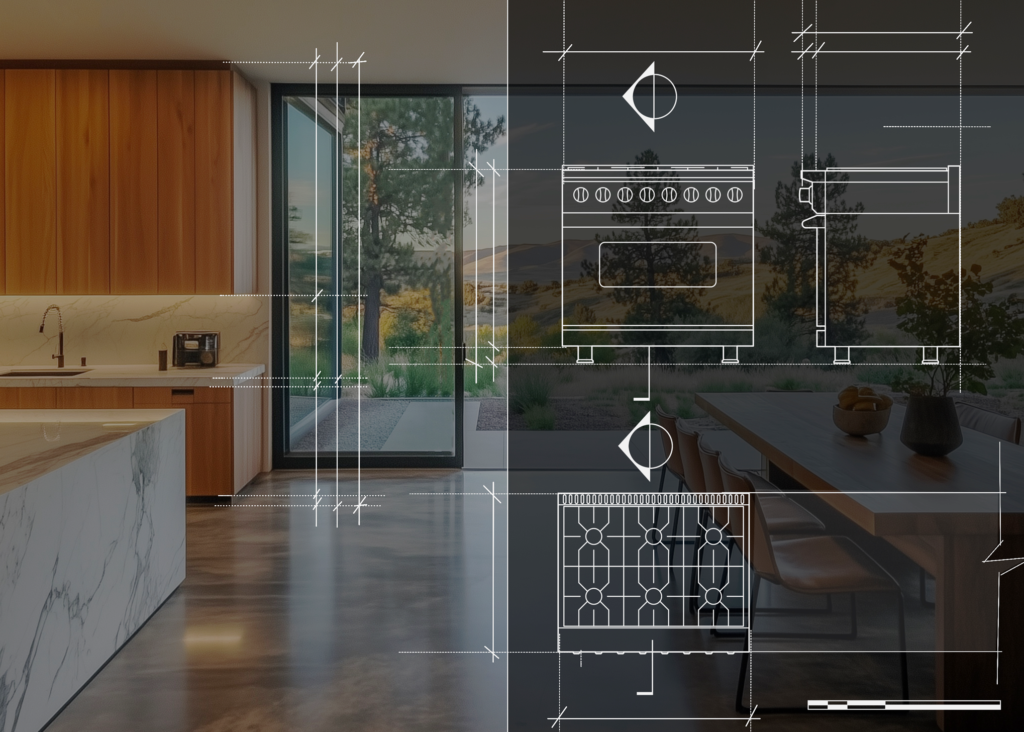
Retrofitting Older Homes into High-Performance Homes
Not everyone wants to build from scratch. I’ve seen numerous older homes upgraded with new insulation, efficient windows, and modern HVAC systems that significantly improve their overall performance. These retrofits often start with an energy audit to pinpoint where the biggest improvements can be made—be it the attic, the basement, or the windows. While retrofitting can be challenging due to structural limitations or existing layouts, the results are transformative.
Upgrading an existing property also makes sense from a sustainability standpoint, as it breathes new life into an existing building rather than constructing something entirely new. By preserving the structure and enhancing its efficiency, you can reduce the carbon footprint associated with demolition and rebuilding. In many cases, older homes have charming architectural features worth keeping—so the key is blending those character-defining elements with modern systems.
Indoor Air Quality and Health
One topic that deserves more attention is indoor air quality (IAQ). High-performance homes, with their airtight envelopes, need balanced ventilation to ensure fresh air exchange. This means using mechanical ventilation systems—like ERVs or heat recovery ventilators (HRVs)—to remove stale indoor air while bringing in filtered outdoor air. By actively managing IAQ, homeowners can reduce exposure to pollutants, allergens, and volatile organic compounds (VOCs).
Health and wellness also extend to choosing low- or zero-VOC paints, adhesives, and finishes. These products minimize off-gassing, creating a healthier indoor environment. The combination of controlled ventilation and non-toxic materials fosters a living space that’s both comfortable and beneficial to long-term health.
Building Envelope and Moisture Management
Moisture is a major concern in any home, but especially so in high-performance ones. A tighter building envelope means fewer natural pathways for moisture to escape. That’s why I emphasize moisture management strategies—like proper flashing around windows, vapor barriers where needed, and adequate drainage planes behind exterior cladding. If done correctly, these measures guard against mold growth, wood rot, and structural damage.
A well-designed building envelope also incorporates an air barrier and thermal barrier in continuous layers. Any gap or intersection point is carefully sealed, preventing condensation buildup or thermal bridging. This level of attention helps maintain consistent indoor temperatures and prevents drafts, resulting in superior occupant comfort.
Final Thoughts
High-performance homes aren’t just a trend; they’re the future of sustainable living. By embracing airtight construction, premium insulation, energy-efficient systems, and renewable energy sources, we create spaces that are healthier and more cost-effective to maintain. The advantages extend beyond lower utility bills: improved indoor air quality, reduced environmental impact, and a home that’s built to last.
I’ve learned that the upfront investment in a high-performance home pays dividends in comfort, savings, and peace of mind. And if you’re considering taking this step, remember—every careful design choice you make today will shape the well-being of your family and our planet for decades to come. Whether you’re building from scratch or retrofitting an older property, the principles of high-performance design can help you achieve a home that truly stands out for its efficiency and livability.

